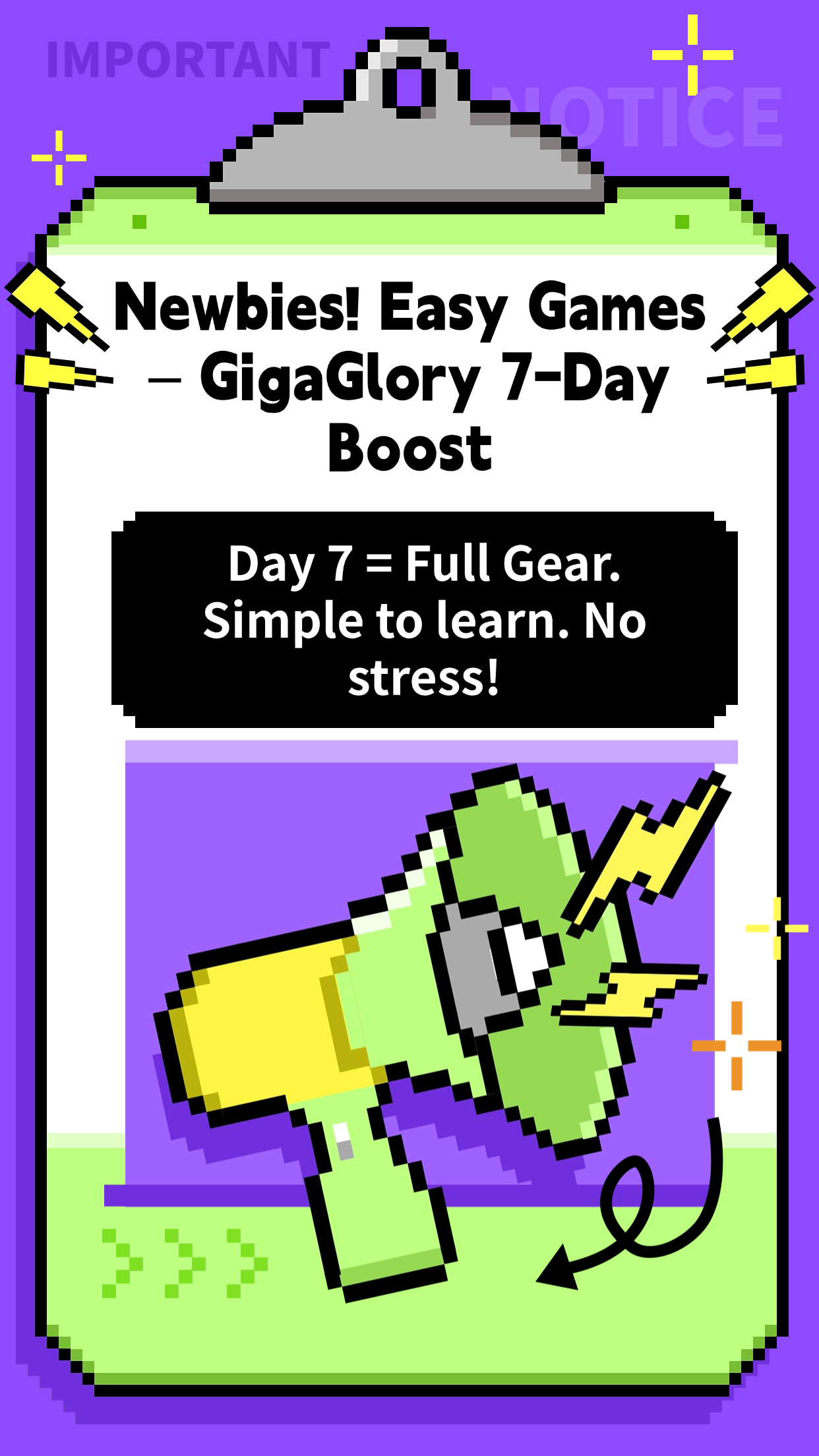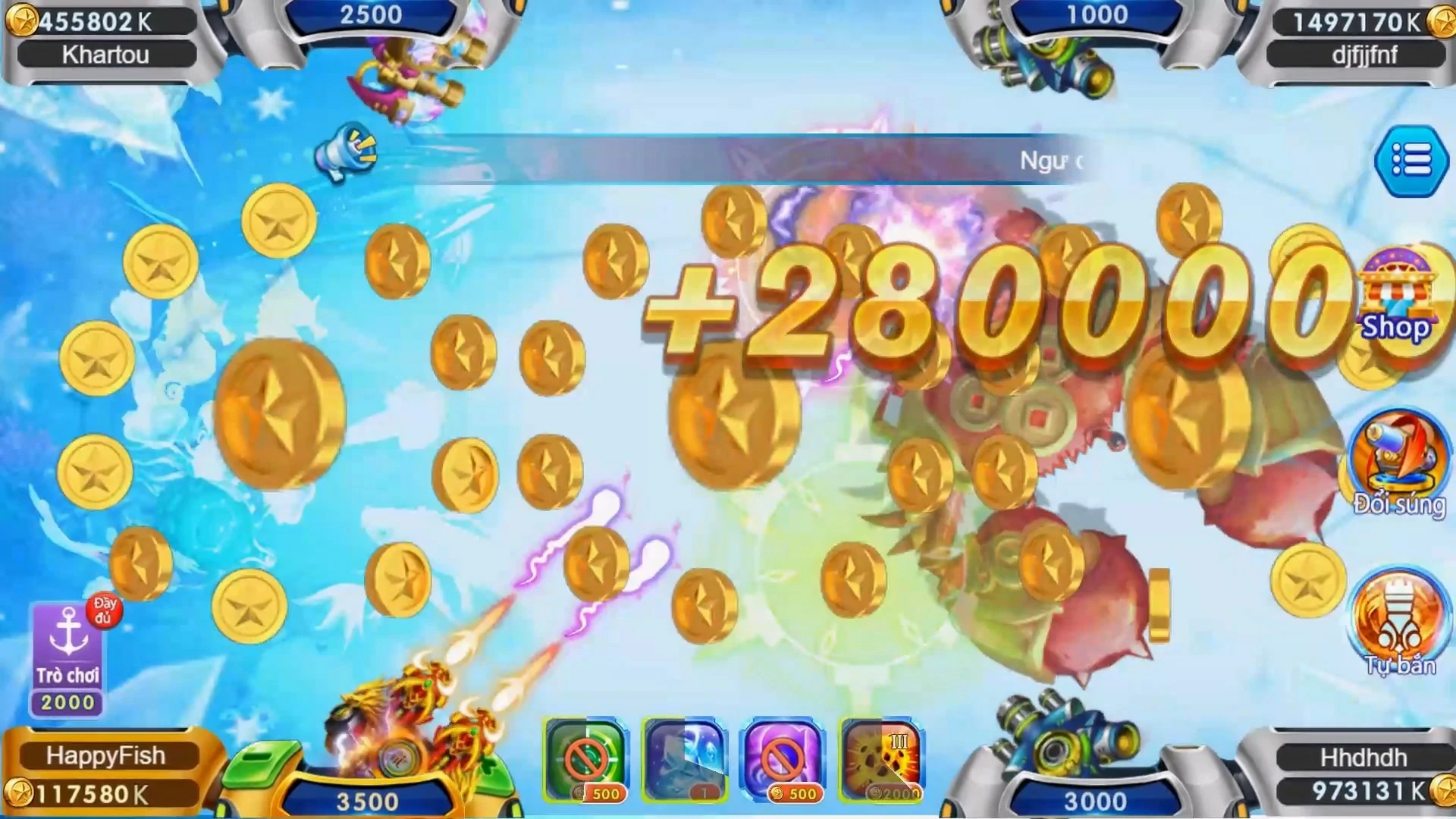From Building Dreams to Clicker Challenges: The Evolution of Building Games in Modern Gaming
Building games have experienced a remarkable metamorphosis in the gaming landscape, shifting from sandbox creations to intricate clicker challenges. Whether you’re an avid ASMR gamer on Twitter or someone searching for innovative RPG game ideas, there’s something captivating about the evolution of these games. In this article, we’ll explore this transformation and what it means for gamers today.
The Rise of Building Games
Initially, building games like Minecraft and Roblox introduced players to a world of creativity. These games encouraged players to express themselves through construction and exploration. The freedom to design diverse environments captivated a wide audience, from children to adults. Below is a table comparing some key features of popular building games:
| Game | Platform | Unique Features |
|---|---|---|
| Minecraft | PC, Console, Mobile | Blocks, Survival Mode, Infinite World |
| Roblox | PC, Console, Mobile | User-generated Content, Social Interaction, Variety of Games |
| Fortnite Creative | PC, Console | Battle Royale, Custom Maps, Building Mechanics |
Clicker Challenges: A New Frontier
As the gaming community evolved, so did preferences. Enter clicker games—enjoyable yet simplistic mechanics that entice players to click for rewards. These games might seem like a departure from traditional building games, but they share core principles: reward systems and user engagement. Here’s why these mechanics resonate with players:
- Instant Gratification: Clicker games provide quick rewards, satisfying the desire for progress.
- Accessibility: They appeal to a broader audience, welcoming casual gamers.
- Strategic Depth: While easy to play, they often require strategic planning to maximize outcomes.
Bridging the Gap: Building and Clicker Mechanics
Interestingly, the lines between building games and clicker challenges are blurring. New titles experiment with hybrid designs, combining clicker mechanics with building aspects. Games like Adventure Capitalist and Clicker Heroes incorporate building elements that add depth to the gameplay.
Developers are clearly aware of the power in blending these genres to captivate audiences effectively. Consider how building elements within clickers can enhance user experience:
- Longer Engagement: Players stay involved for extended periods.
- Creative Deployment: Users can express creativity even in a clicker format.
- Versatile Gameplay: Allows for various styles, appealing to diverse gamer types.
Social Dynamics: The ASMR Gamer Community
The advent of social media, particularly platforms like Twitter, has created thriving communities around gaming genres. The ASMR gamer Twitter community enjoys streaming calming gaming content—often building games—offering a unique blend of relaxation and engagement. This niche interaction further promotes building games as settings for shared experience and creativity.
Gamers no longer just consume; they engage, share, and create. The integration of community and online discussions influences trends, leading to the rise of new game ideas and reimagined classics. The role of social platforms can’t be underestimated in fostering this collaborative gaming culture.
Conclusion: The Future of Building Games
As we stand at the intersection of creation and reward, understanding the evolution of building games allows us to envision their future. With blending mechanics and community-driven experiences, building games are not just about constructing digital houses; they’ve become a medium for connection and creativity. Whether you are a fan of the traditional building style or are venturing into clicker challenges, the landscape is richer than ever.
In summary, the journey of building games has come a long way, continuing to evolve and inspire. Keep an eye on this exciting genre; the next big hit might just be around the corner.



